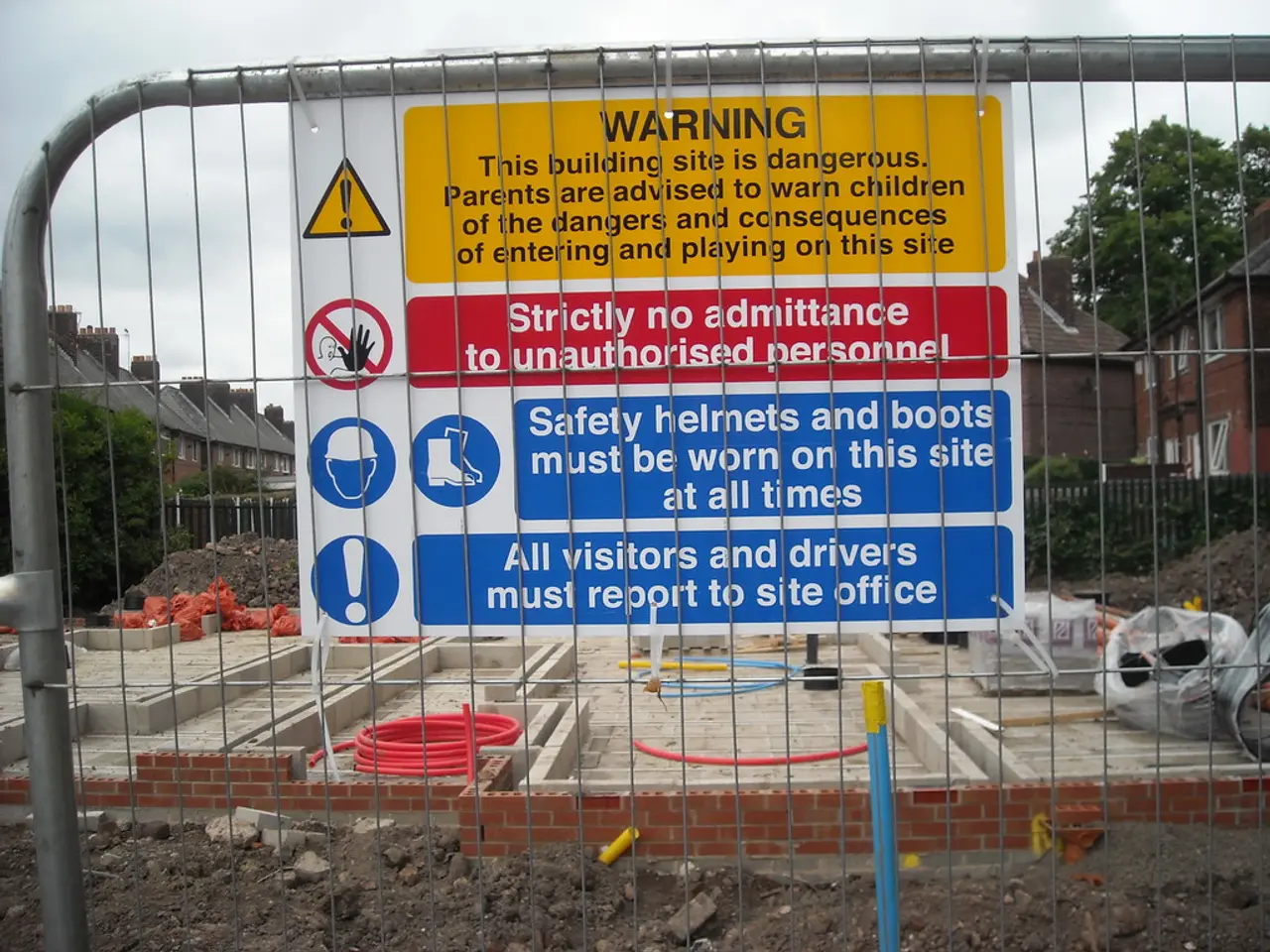Future Outlook for Construction Industry in 2026, as Foreseen by Lexology
A trio of partners from global law firm White & Case have authored the England & Wales chapter of the Lexology Panoramic: Construction 2026 guide, providing valuable insights on key legal frameworks, trends, and considerations for major construction projects in the region.
Clare Connellan, Richard Hill, and Paddy Mohen have collaborated to create a comprehensive guide that outlines the intricacies of regulatory compliance, contract frameworks, dispute resolution, and emerging Environmental, Social, and Governance (ESG) considerations in the construction sector.
Key Legal Frameworks
The guide delves into the standardized construction contracts commonly used in England & Wales, such as the NEC (New Engineering Contract) and JCT (Joint Contracts Tribunal) forms. These contracts address risk allocation, performance obligations, and dispute resolution mechanisms, ensuring a solid foundation for major construction projects.
However, the guide also emphasizes the increasing complexity of regulatory compliance, particularly around planning permissions, health and safety regulations, and environmental law applicable to major construction projects.
Emerging Trends and Considerations
Recent trends highlighted in the guide include the growing importance of ESG factors. Boards and management teams are increasingly integrating ESG considerations into the planning and delivery of construction, with a focus on transparency, social responsibility, and environmental sustainability. This reflects wider regulatory, legal, and reputational risks in the sector, requiring projects to align with carbon reduction targets and social license to operate.
Other considerations include the handling of contractual disputes through adjudication and arbitration, which remain prevalent dispute resolution methods tailored to fast-paced construction timelines. There is also an emphasis on collaborative contracting models designed to share risks more equitably and promote project efficiencies.
Evolution in Construction Landscape
The guide stresses an evolving landscape shaped by legal rules around contract governance, planning and environmental compliance, plus the growing centrality of ESG issues, driving a shift in how major projects are structured and managed in England & Wales.
The publication, which is protected by copyright, is provided for convenience and does not constitute legal advice. For further information, the link to Lexology.com/panoramic is provided. The guide can be downloaded from a specific link, and the full Construction guide can be read from another provided link.
It is important to note that any views expressed in the publication are strictly those of the authors and should not be attributed to White & Case LLP. The authors have contributed insights on key legal frameworks, trends, and considerations for major construction projects in England & Wales.
Each partner has expertise in multiple service areas beyond Construction. Clare Connellan specializes in International Arbitration, Business & Human Rights, Sustainability & Responsible Business, Financial Institutions, and Energy. Richard Hill's service areas also include Infrastructure, Transportation & Logistics and Real Estate. Paddy Mohen, in addition to Construction, specializes in Energy Transition, Mining & Metals, and Infrastructure, Transportation & Logistics.
The partners have extensive experience in various sectors such as Energy, Infrastructure, Transportation & Logistics, and Mining & Metals. The Lexology Panoramic guide enables side-by-side comparison between selected jurisdictions, with the partners having their primary focus on the United Kingdom and Western Europe.
The publication was reproduced with permission from Law Business Research Ltd. and was first published in Lexology Panoramic: Construction 2026.
[1] Source: Lexology Panoramic: Construction 2026 [2] Source: Lexology Panoramic: Construction 2026
- The trio of partners from White & Case, including Clare Connellan, Richard Hill, and Paddy Mohen, have authored a comprehensive guide for the England & Wales chapter of the Lexology Panoramic: Construction 2026 guide.
- The guide offers valuable insights on standardized construction contracts, such as the NEC and JCT forms, and their implications for risk allocation, performance obligations, and dispute resolution.
- The guide also addresses the growing complexity of regulatory compliance, particularly in regards to planning permissions, health and safety regulations, and environmental law applicable to major construction projects.
- Recent trends highlighted in the guide include the increasing importance of Environmental, Social, and Governance (ESG) factors. Boards and management teams are aligning projects with carbon reduction targets and social license to operate.
- The guide emphasizes the handling of contractual disputes through adjudication and arbitration, two prevalent dispute resolution methods tailored to fast-paced construction timelines.
- Collaborative contracting models are another focus, designed to share risks equitably and promote project efficiencies.
- The partners, with expertise in various service areas like International Arbitration, Business & Human Rights, Energy, Infrastructure, Transportation & Logistics, and Mining & Metals, have a primary focus on the United Kingdom and Western Europe in the Lexology Panoramic guide.




